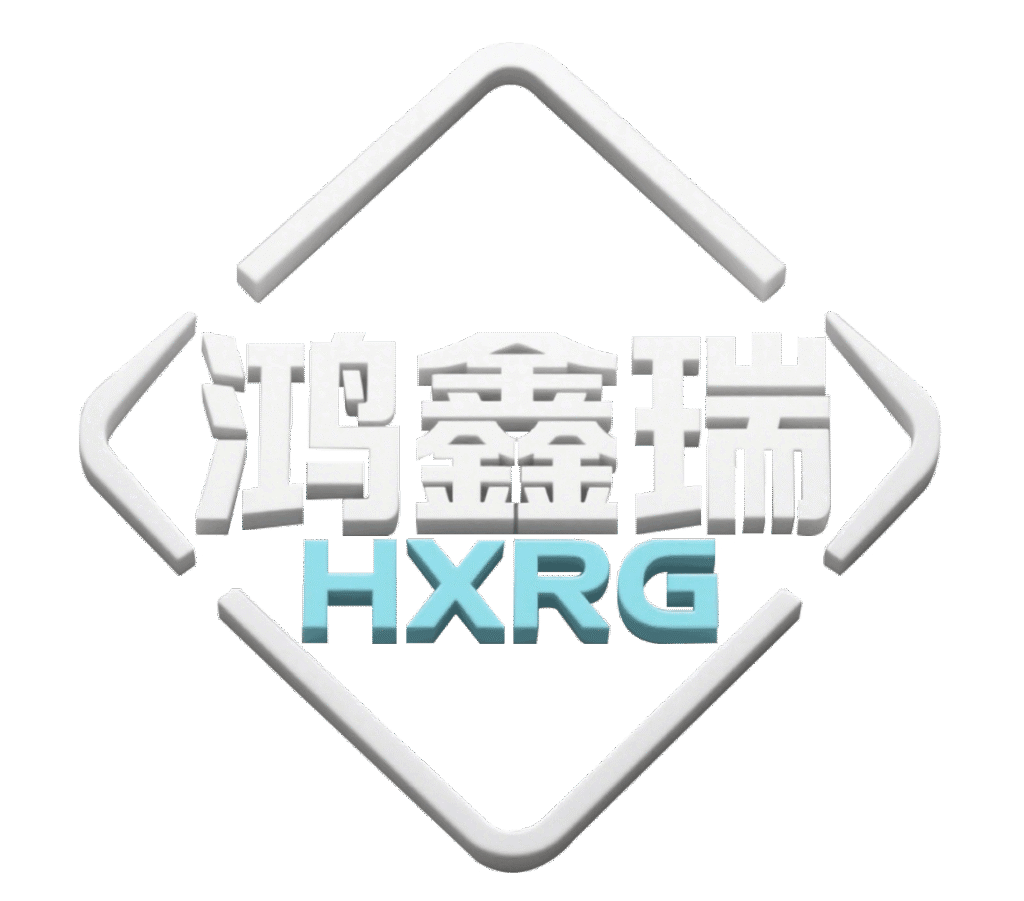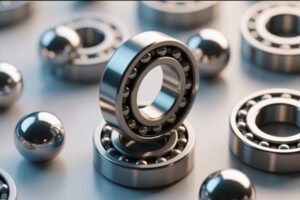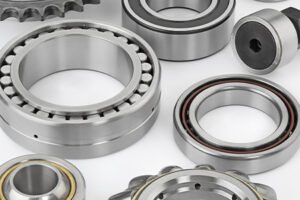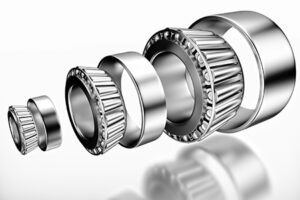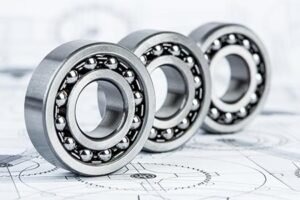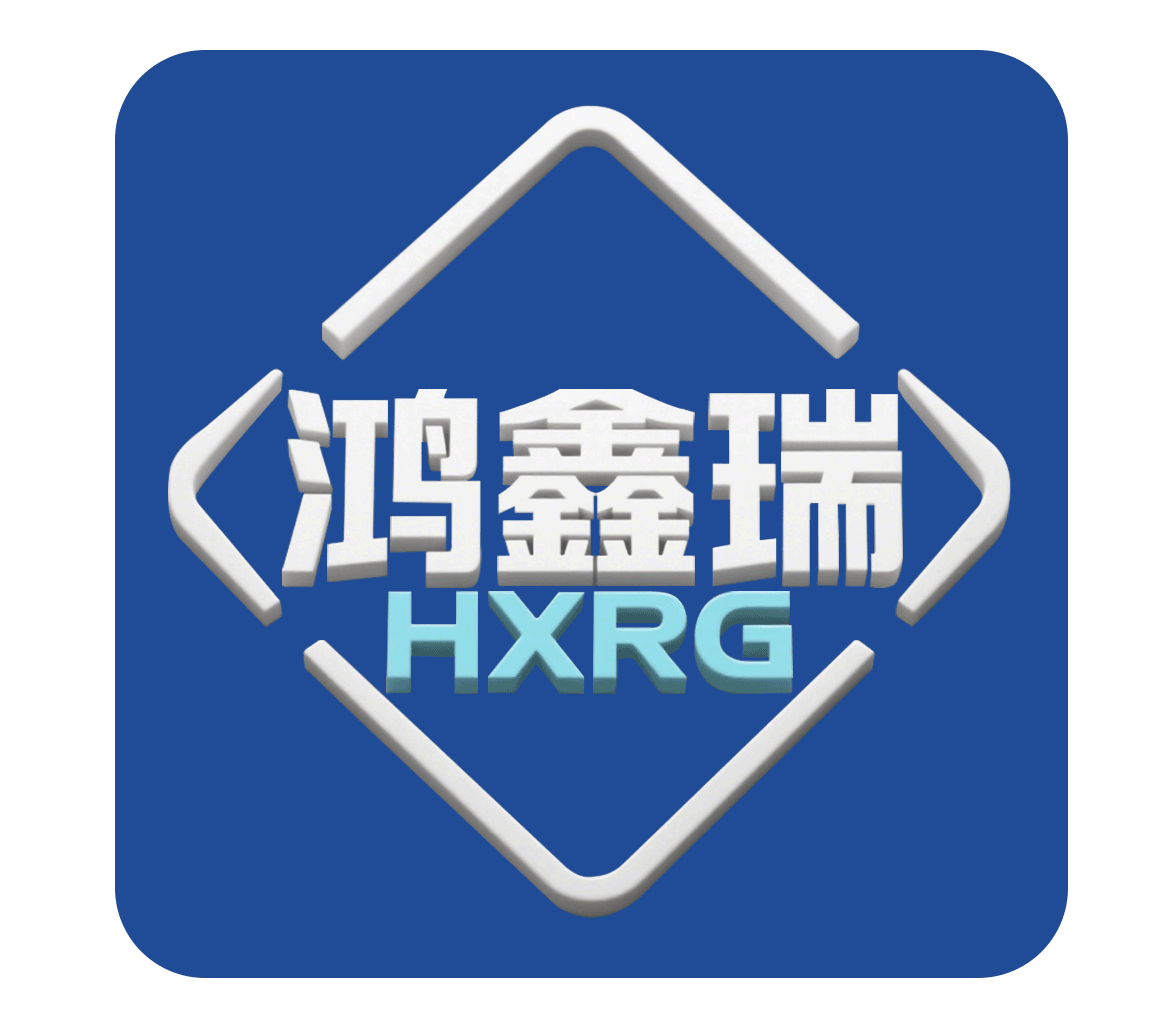1. Industry Background: Bearings at the Core of Industrial Upgrades
As global manufacturing pivots toward high-end, intelligent, and sustainable development, the bearing industry—though often overlooked—is undergoing a vital transformation. Despite its small size, a bearing determines the operational efficiency and stability of machines.
While China’s bearing sector has grown rapidly, high-end bearings are still heavily dependent on imports, and core technologies remain a bottleneck. As a result, replacing imported bearings in critical areas like aerospace, high-speed rail, and new energy equipment has become an urgent task.
2. Manufacturing Upgrade: From Manual to Smart
Smart manufacturing is providing a roadmap for transformation. Digital, networked, and intelligent systems are replacing manual workflows and empirical management models.
Key innovations include:
MES systems for end-to-end production tracking;
Automated assembly lines to reduce errors and improve efficiency;
AI-enabled visual inspection systems for defect detection;
Digital twin technologies for real-time simulation and preventive maintenance.
One leading company in China reduced lead time by 30% and scrap rate by 50% after fully implementing its smart factory strategy.
3. Technology Breakthroughs: Materials, Design, and Lubrication
Meeting the high-performance demands of extreme working environments requires innovation beyond automation—materials, lubrication, and bearing structure must evolve.
Key directions:
Ceramic hybrid bearings: high heat resistance and corrosion protection;
Composite cages: lighter and more stable during operation;
Solid and grease-free lubrication: effective in vacuum or high-temperature environments;
Lightweight structural designs: using FEA to optimize load efficiency.
These innovations are already being applied in wind turbines, high-speed rail, and surgical instruments.
4. Market Trends: Customization, Sustainability, and Service Orientation
Bearings are shifting from standard parts to system-level solutions.
Customization: Rapid growth in demand for non-standard and application-specific products.
Sustainability: Adoption of green materials, energy-efficient lubrication, and eco-friendly coatings.
Service Integration: Offering design consultation, remote diagnostics, and lifecycle monitoring as value-added services.
As a result, manufacturers are extending their value chains far beyond the factory floor.
5. Global Outlook: Competing Through Brand and Systems
Although China leads the world in bearing production volume, global brand recognition and profit margins still lag behind. Bridging this gap requires improvements in technology, quality control, and brand strategy.
Top enterprises are:
Participating in international standardization;
Establishing overseas warehouses and service centers;
Building independent brands and joining global exhibitions for visibility.
Future competition will center not only on product performance but on integrated solutions and global delivery capabilities.
